Canada’s toy shelves have seen countless fads come and go, but some classics left an impact that time can’t erase. From Irwin Toy’s hockey figures to Tamagotchi pets and early Mega Bloks, these Canadian favorites defined childhoods across generations. They reflected creativity, local culture, and the excitement of discovering something new. Here’s a look back at 20 Canadian toys you’ll never see again.
Irwin Toy’s Maple Leaf Hockey Figures

Irwin Toy’s Maple Leaf Hockey Figures were a childhood favorite across Canada during the 1970s and 1980s. These small plastic hockey players, complete with sticks and skates, brought Canada’s national sport to kitchen tables and living rooms. Kids could recreate NHL matchups or invent their own teams, fostering imagination and pride in Canadian hockey culture. Irwin Toy, a Toronto-based company, was known for its innovative and affordable toys that resonated with local culture. As the company declined in the early 2000s, these figures disappeared, leaving collectors and nostalgic Canadians longing for their simple, homegrown charm.
Ganz Plush Collections (Pre-Webkinz Era)
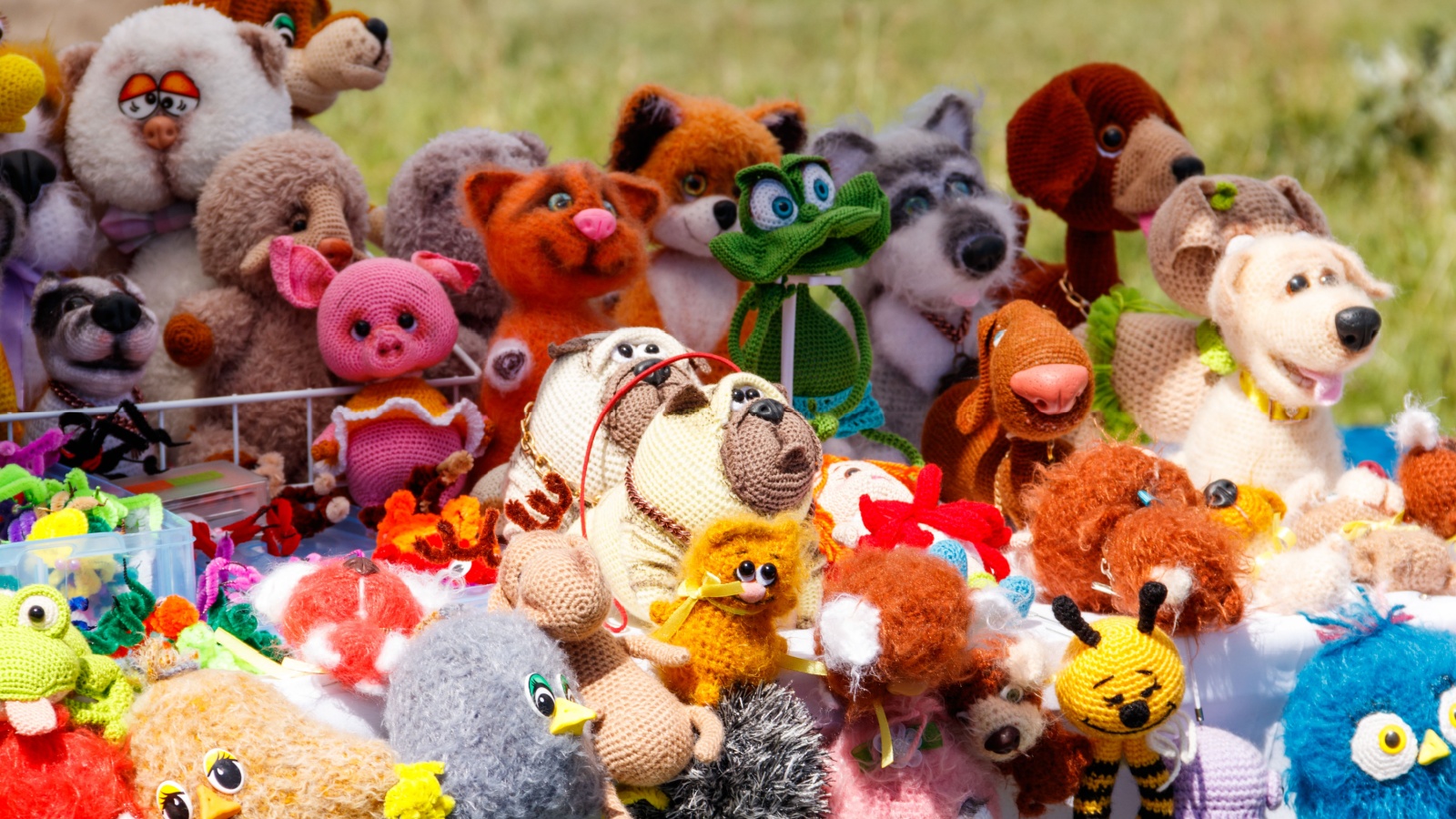
Before the digital craze of Webkinz, Ganz was already a household name in Canada for its high-quality plush collections. Based in Woodbridge, Ontario, the company crafted stuffed animals that became beloved gifts and collectibles throughout the 1980s and 1990s. These pre-Webkinz plush toys stood out for their softness, craftsmanship, and attention to detail. Although Webkinz brought Ganz international fame in the 2000s, the original plush collections quietly disappeared from store shelves. Today, vintage Ganz plush toys are treasured by collectors who remember a time when a simple stuffed animal was the ultimate comfort.
Cabbage Patch Kids – Coleco’s Canadian Production

During the 1980s, Cabbage Patch Kids became a global sensation, and Canada played a major role in their success through Coleco’s Canadian production arm. Manufactured under license, these soft-bodied dolls, each with a unique “adoption certificate,” captured the hearts of millions. Canadian-made versions were known for their quality stitching and distinctive clothing styles. However, after Coleco’s financial struggles and the toy’s market saturation, local production ceased. The dolls continued to exist in other forms, but the Canadian-made originals remain rare collector’s items that recall a golden age of toy manufacturing in Canada.
Lite-Brite (Canadian Edition by Hasbro Canada)

Lite-Brite’s Canadian Edition by Hasbro Canada gave generations of children the joy of creating glowing art from colorful pegs. Sold widely in Canadian department stores during the 1970s through 1990s, the toy offered both creative play and a gentle introduction to design and color theory. The Canadian version featured bilingual packaging and often included artwork templates inspired by local culture. As electronic entertainment grew, the classic Lite-Brite lost shelf space and was eventually phased out. Still, many Canadians fondly remember turning out the lights to watch their creations come alive in vibrant color.
Zoodles Figurine Sets
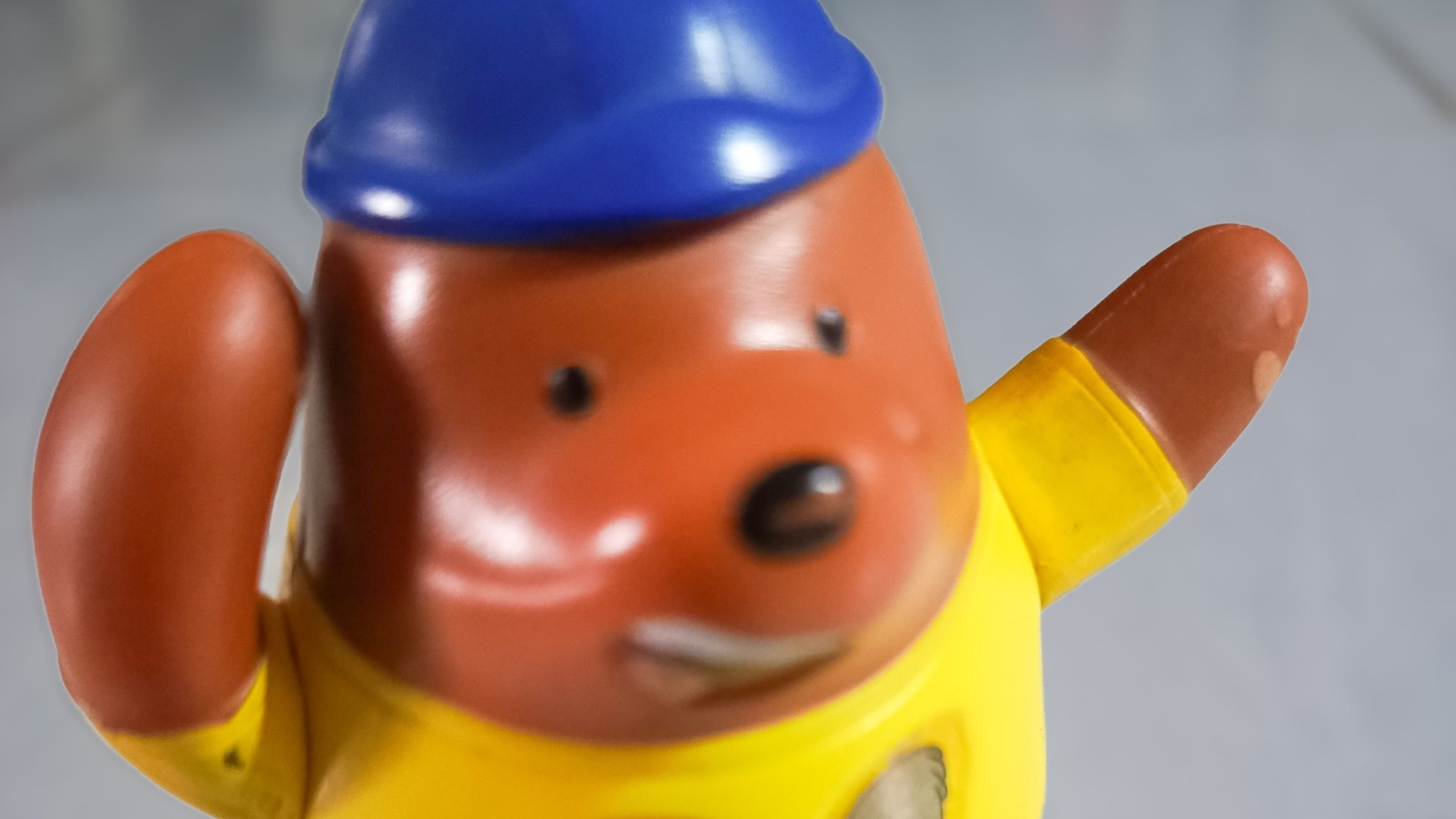
Zoodles Figurine Sets were a unique product tie-in from the beloved Canadian canned pasta brand. Featuring animal-themed characters from the Zoodles universe, these collectible plastic figures became a surprising hit in the 1990s. Kids would collect them from promotional campaigns or inside special product packs. While simple in design, the toys captured the fun and nostalgia of Canadian childhoods shaped by lunchtime staples. Once the brand’s marketing shifted and production costs rose, the figurines vanished. Today, Zoodles toys are a rare reminder of when even a can of pasta came with a dose of creativity.
Cranium (Canadian Edition)

Cranium’s Canadian Edition brought a national twist to the globally popular board game that mixed trivia, creativity, and wordplay. Released with local cultural references, it celebrated Canadian humor, geography, and pop culture while maintaining the game’s original spirit. Distributed by Hasbro Canada in the early 2000s, it became a favorite at family gatherings and dorm parties. Over time, as newer versions and digital alternatives emerged, the Canadian edition was discontinued. Fans of the game remember it as a perfect blend of fun and national pride, showcasing how Canada could laugh, draw, and hum its way through trivia night.
Dinky Toys (Made in Canada Series)

The Made in Canada series of Dinky Toys represented a proud chapter in Canadian toy history. Produced under license by Meccano Ltd. during the mid-20th century, these die-cast vehicles, ranging from fire trucks to delivery vans, were known for their durability and detailed craftsmanship. Many models featured local branding, such as Canadian tire companies or postal services, making them distinctly homegrown. As manufacturing shifted overseas in the 1970s, the Canadian Dinky line was discontinued. Today, these toys are prized collectibles, valued not just for their design but for their place in Canada’s industrial and cultural past.
Playtime Doll Company Toys
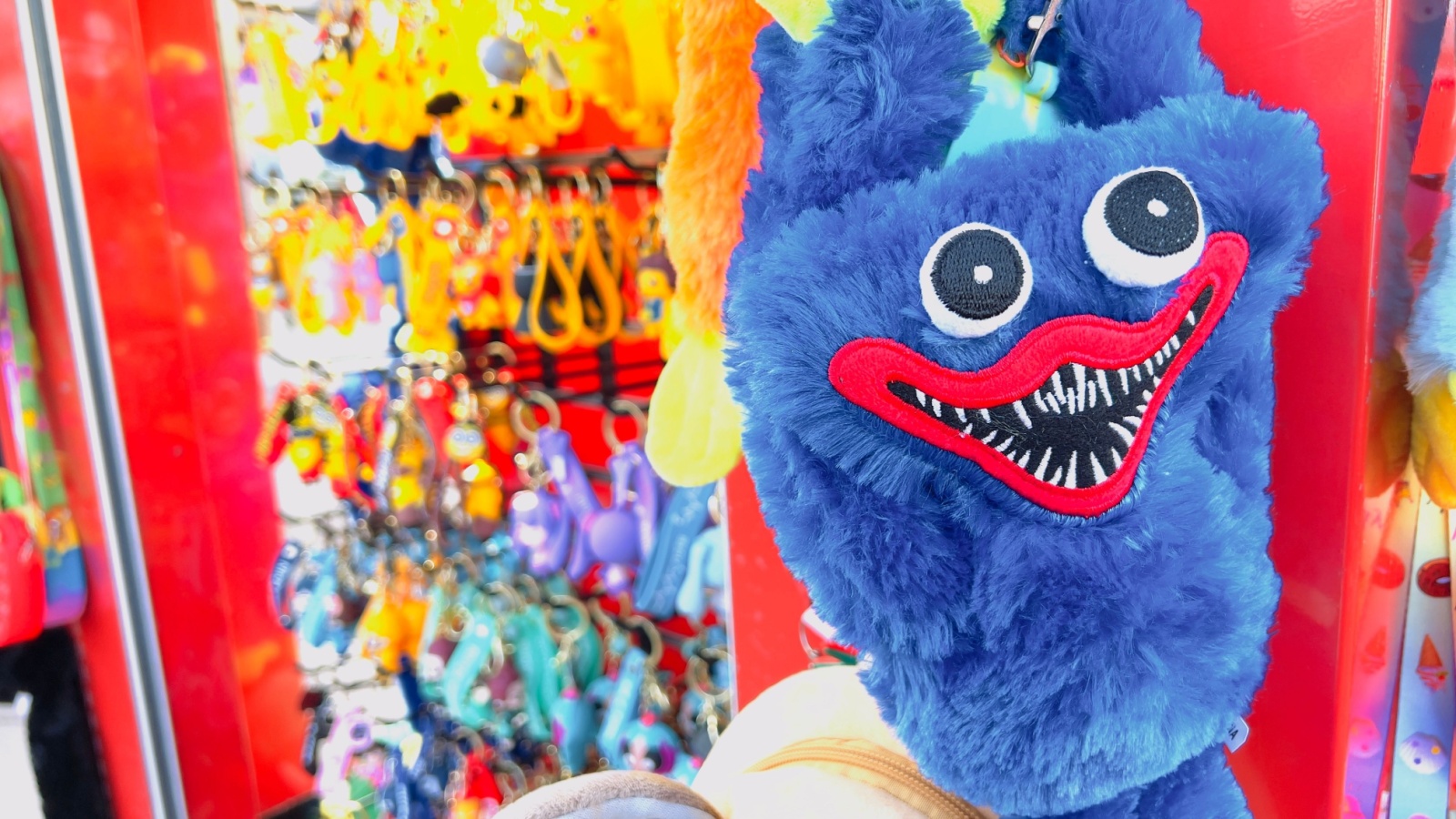
Playtime Doll Company was a beloved Canadian toy maker known for producing durable and charming dolls that reflected everyday childhood life. Operating during the mid-to-late 20th century, the company became a favorite among parents for its quality craftsmanship and attention to detail. Its dolls were designed with realistic features and affordable pricing, appealing to families across the country. As foreign imports began dominating toy shelves, Playtime Doll Company struggled to compete and eventually disappeared. Today, collectors value these dolls as nostalgic keepsakes that represent a time when Canadian-made toys filled playrooms nationwide.
Mighty Max (Canadian Distribution Versions)

Mighty Max toys, featuring pocket-sized playsets with monsters and adventure scenes, became popular in Canada during the early 1990s through local distributors. Canadian editions often came with bilingual packaging and minor design variations that made them distinct from U.S. releases. These miniature action worlds offered imaginative, hands-on fun long before digital gaming took over. When the toy line declined in global popularity, the Canadian versions vanished along with it. Now, vintage Mighty Max sets with original Canadian packaging are highly sought after, reminding fans of a short but exciting era in collectible toys.
Spin Master’s Early Air Hogs Prototypes
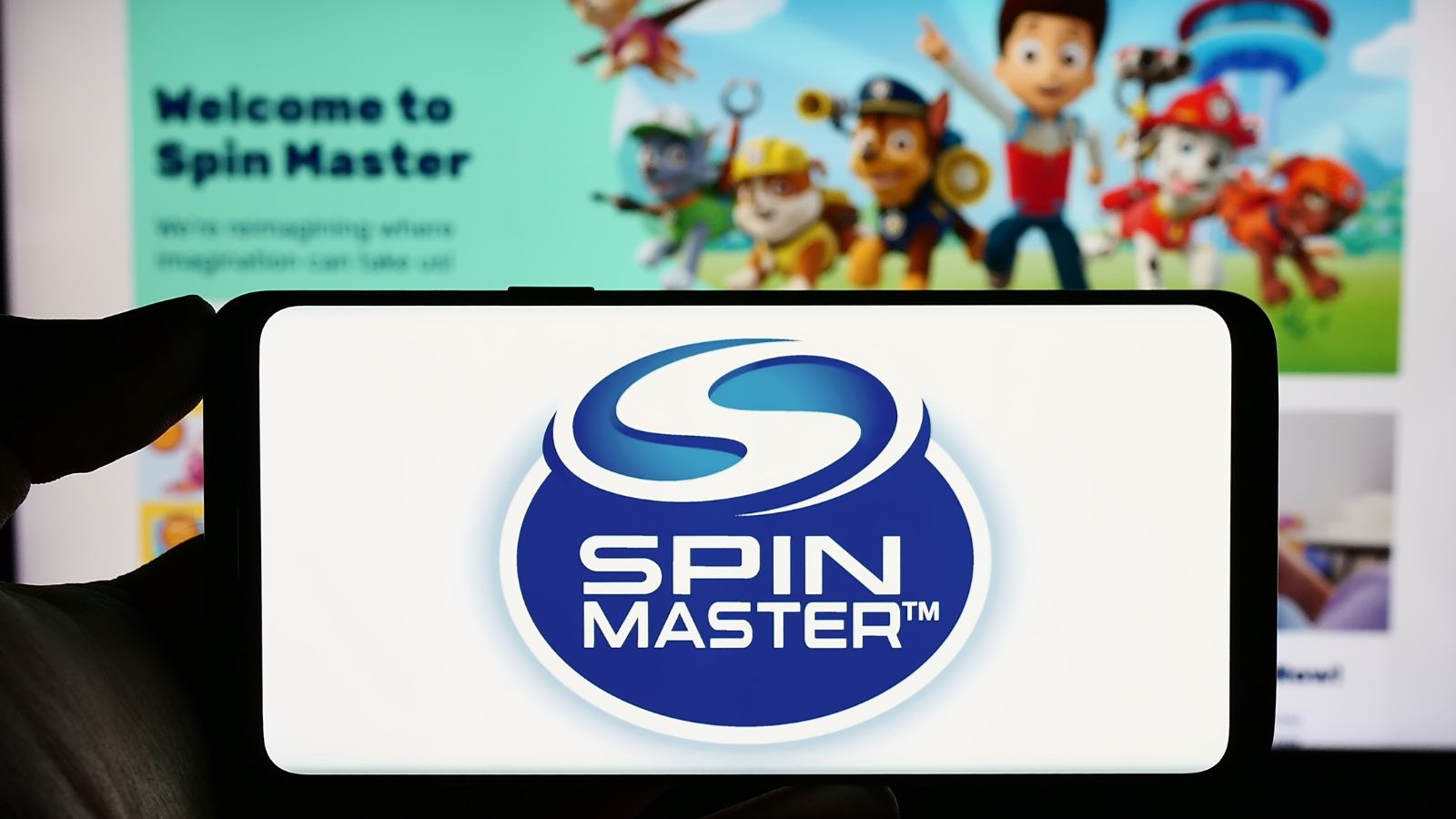
Before becoming a global toy powerhouse, Toronto-based Spin Master was experimenting with early versions of Air Hogs, its now-iconic flying vehicles. These prototypes, developed in the late 1990s, showcased innovation in remote-controlled flight but were produced in limited quantities. Many of the early models never made it to full retail release, serving instead as test products that paved the way for future success. Although short-lived, these early Air Hogs captured Canada’s growing reputation for creativity in the toy industry. Collectors view them as rare pieces of Canadian innovation that marked the start of a global brand.
Tonka Canada Die-Cast Trucks
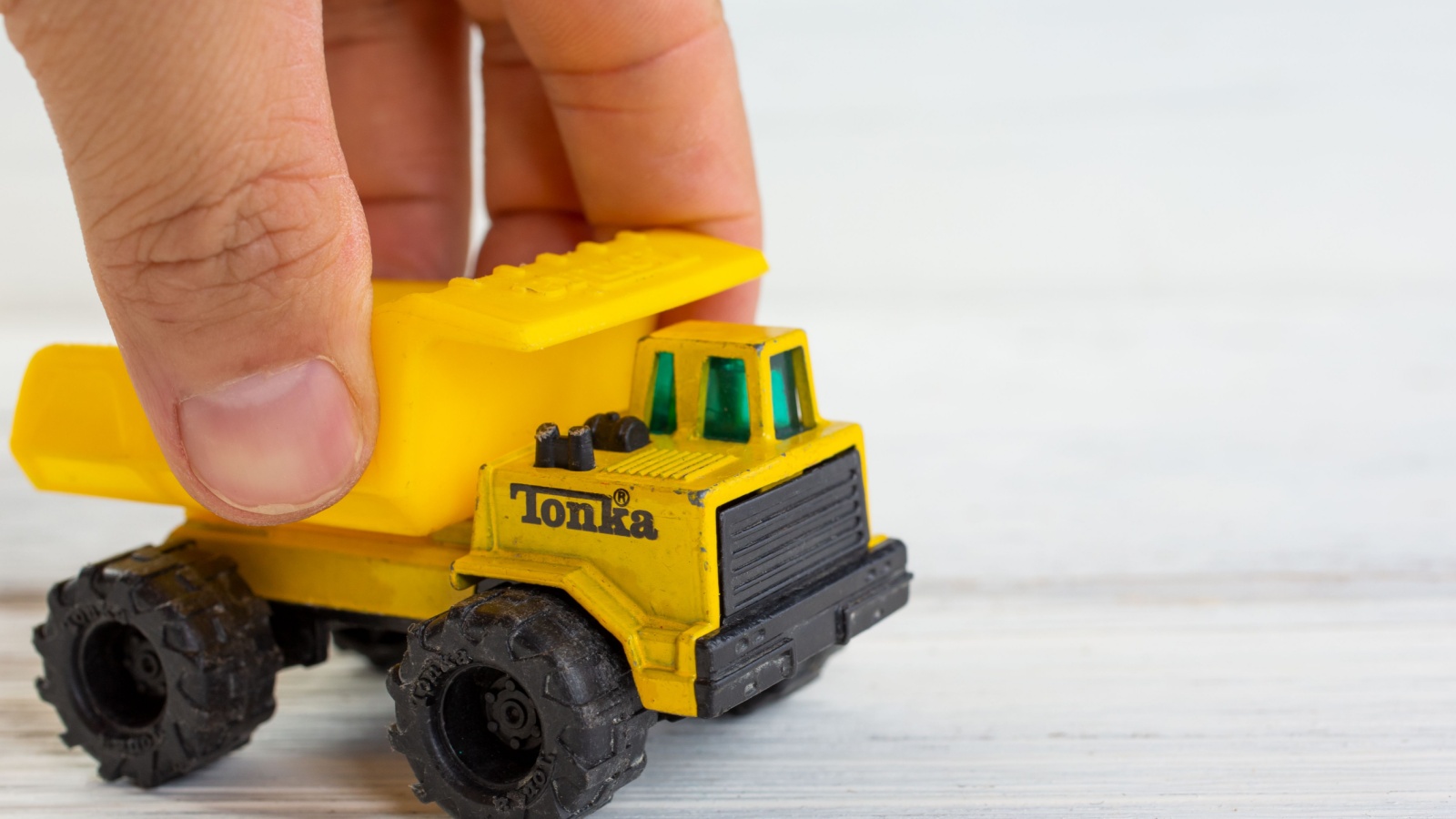
Tonka’s Canadian-made die-cast trucks were a staple of childhood play from the 1960s through the 1980s. Produced under Tonka Canada, these rugged metal vehicles mirrored the quality of their American counterparts while occasionally featuring unique Canadian branding. Kids across the country loved their realistic construction and durability. As production shifted to international factories, Tonka Canada’s domestic operations came to an end, and the Canadian-made models became collector’s treasures. Today, these trucks symbolize a time when local craftsmanship and sturdy design defined what made toys last for generations.
Sega Game Gear (Canadian Retail Versions)
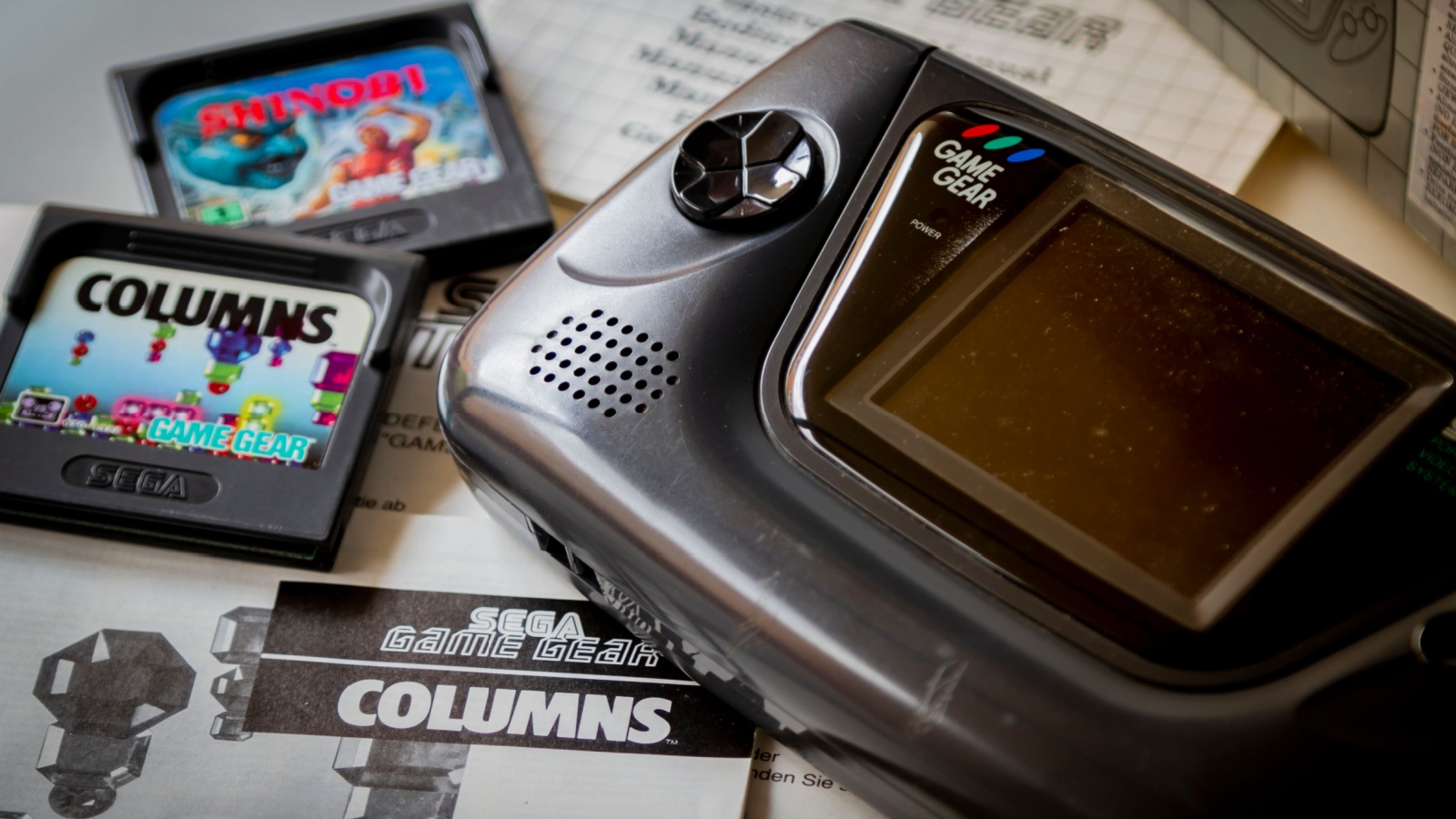
The Sega Game Gear, a handheld gaming console, was distributed across Canada with region-specific packaging and bilingual manuals during the early 1990s. It offered a color-screen alternative to Nintendo’s Game Boy and gained a modest but loyal following among Canadian gamers. Despite its technological edge, it struggled with high battery consumption and limited game selection, leading to its decline. The Canadian retail versions became increasingly rare after production ended. For many collectors, the Game Gear remains a nostalgic symbol of Canada’s early handheld gaming era and Sega’s brief foothold in the market.
Irwin Sailor Moon Dolls
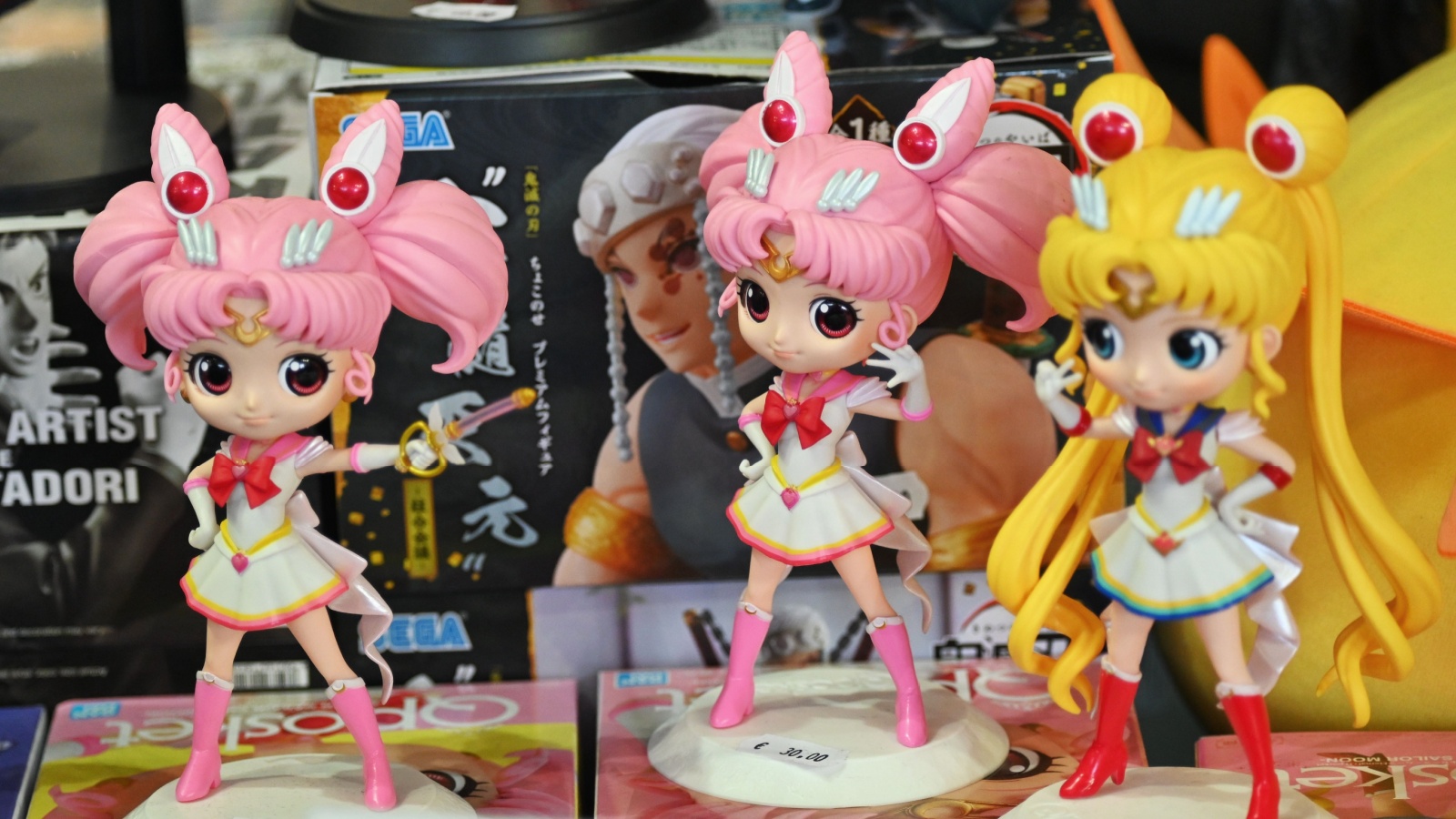
Irwin Toy brought the global anime sensation Sailor Moon to Canadian audiences through its line of collectible dolls in the 1990s. These figures captured the magic of the series and introduced a generation of Canadian children to Japanese pop culture. Irwin’s dolls were praised for their quality and accuracy, becoming a major hit before licensing changes halted production. As Irwin Toy faced financial troubles, the dolls disappeared from shelves. Today, Canadian Sailor Moon dolls are highly collectible, serving as reminders of when Canada played a key role in the anime’s global success.
Mega Bloks (Original Montreal Packaging Era)
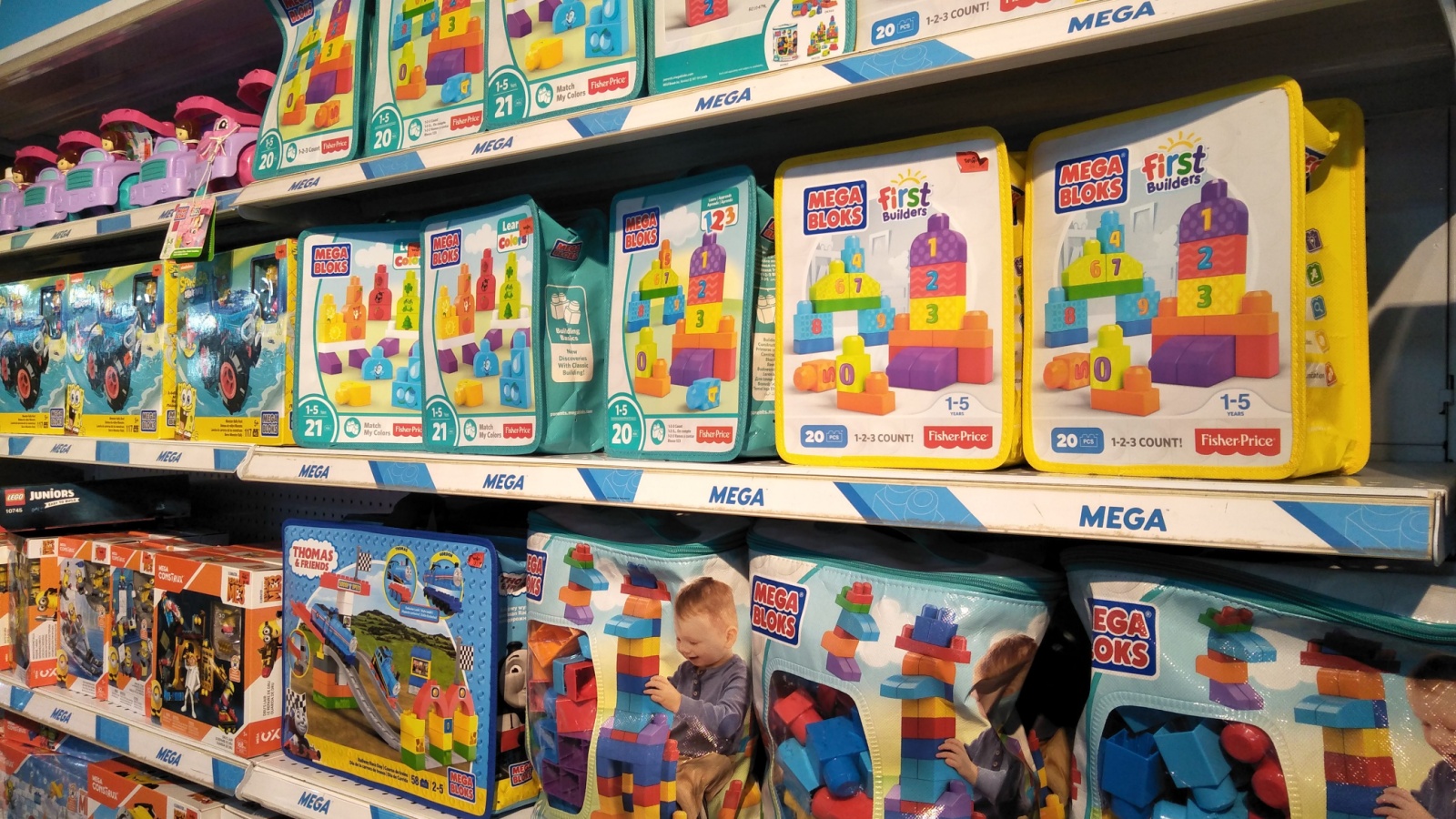
Before becoming a global building block brand, Mega Bloks operated as a proudly Canadian company headquartered in Montreal. The original packaging prominently displayed its Canadian roots, and the toys were marketed as a homegrown alternative to LEGO. The bright, interlocking blocks appealed to children for their creativity and affordability. As the company expanded internationally and rebranded under global ownership, the distinct “Made in Canada” packaging was phased out. Collectors now look back on this era fondly, viewing the original Mega Bloks as a symbol of Canadian ingenuity in the toy industry.
Tiger Handheld Electronic Games (Canadian Releases)
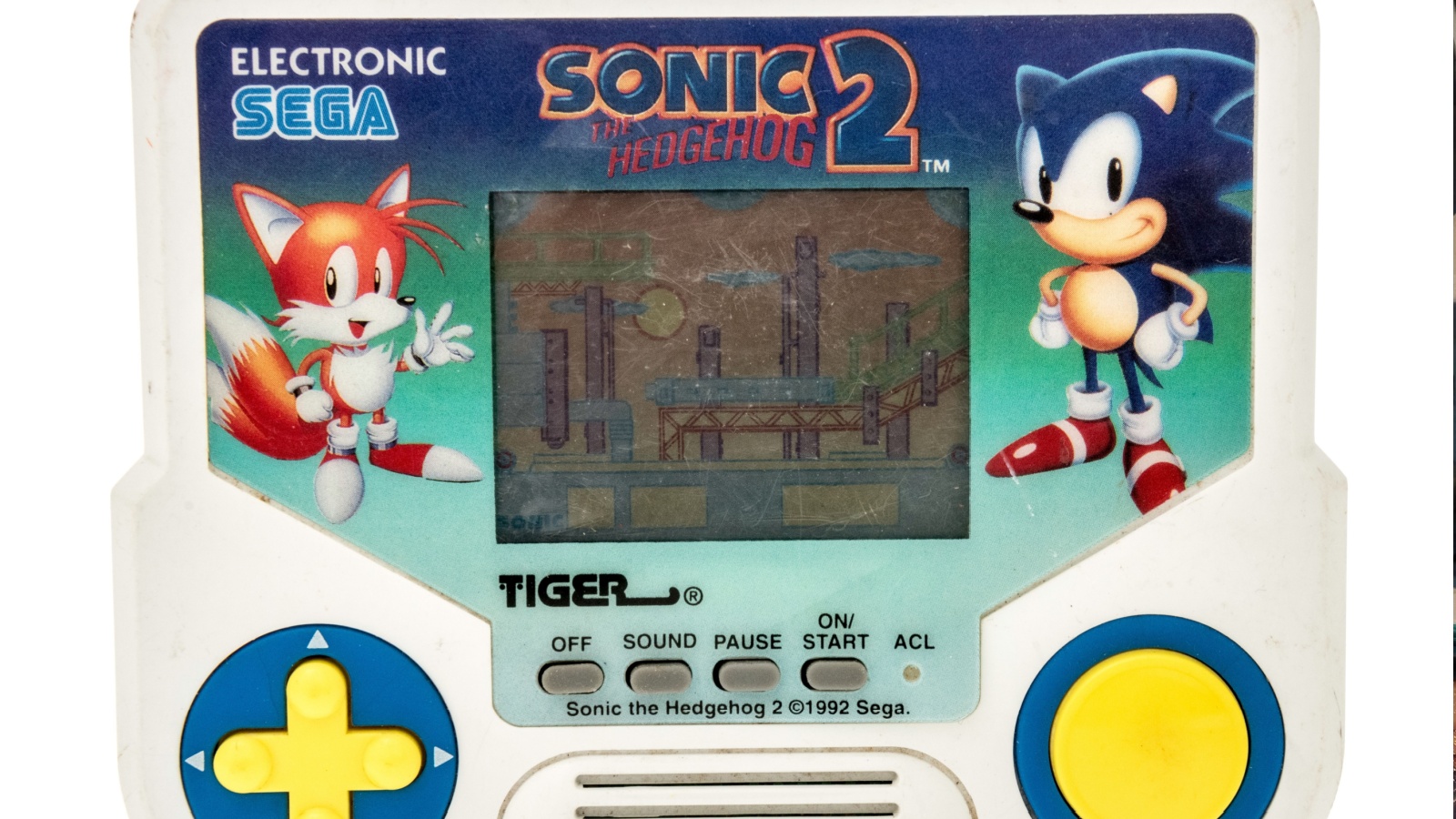
Tiger handheld electronic games became a huge hit across Canada in the 1990s. These battery-powered, single-game devices offered fun on the go before smartphones and portable consoles took over. Canadian releases often featured bilingual packaging and exclusive sports or movie tie-ins that made them stand out. Affordable and accessible, they were a common sight in schoolyards and on road trips. As gaming technology advanced, Tiger handhelds faded from stores, replaced by multifunctional consoles. Today, Canadian collectors cherish them as nostalgic pieces that represent a simpler era of gaming and childhood entertainment.
Tamagotchi (Canadian Bandai Distribution)
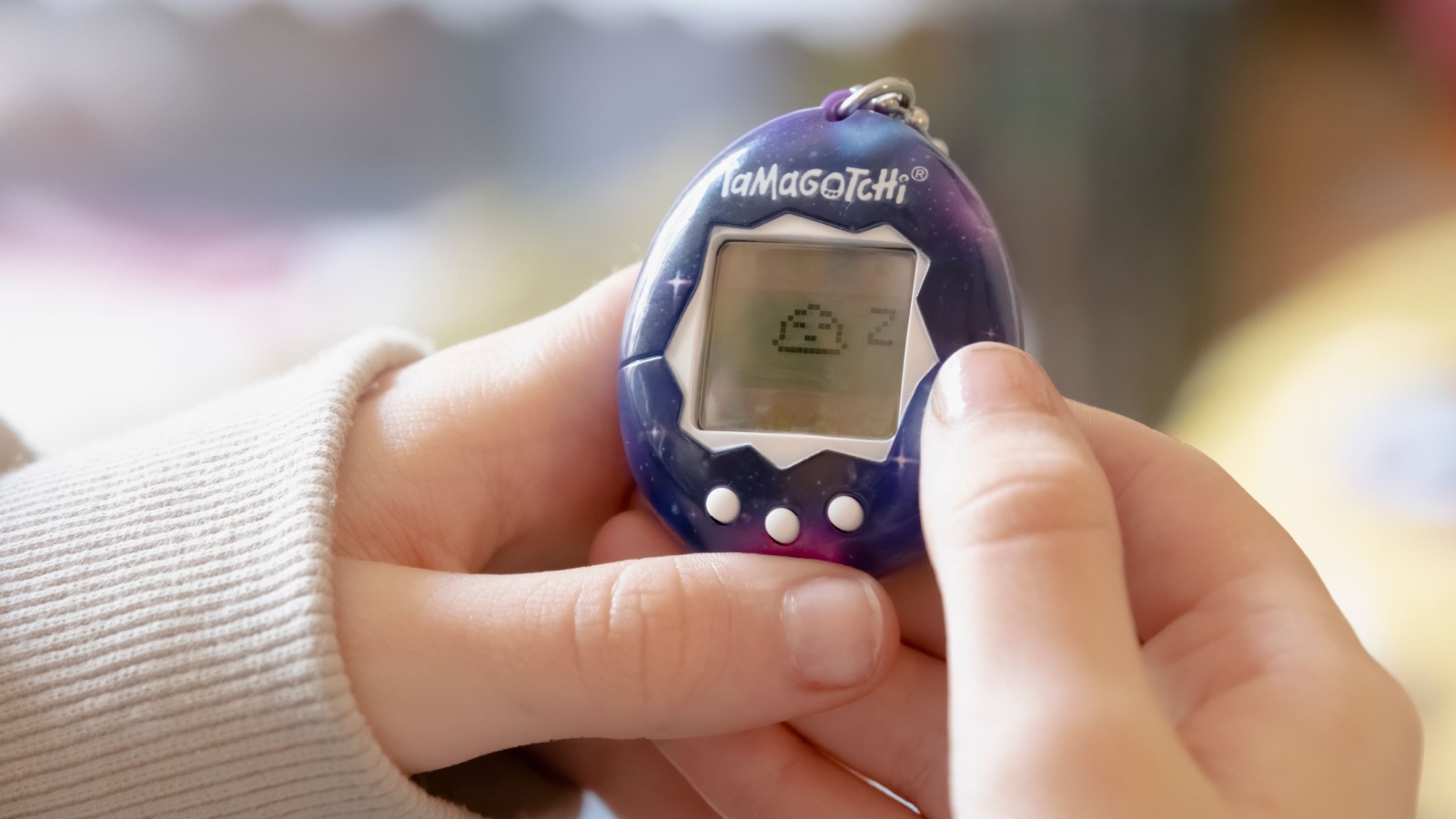
Tamagotchi, the virtual pet phenomenon, took Canada by storm in the late 1990s through Bandai’s official Canadian distribution. Kids across the country eagerly raised their digital pets, feeding and caring for them through tiny screens. The bilingual packaging and unique regional marketing made the Canadian editions memorable. Schools even banned them due to the constant need for attention. As trends shifted, Tamagotchi’s popularity declined, and Canadian-specific versions were discontinued. Despite this, the toy remains a nostalgic favorite and a key memory of late-90s Canadian pop culture.
Go-Go’s Crazy Bones (Canadian Craze Era)
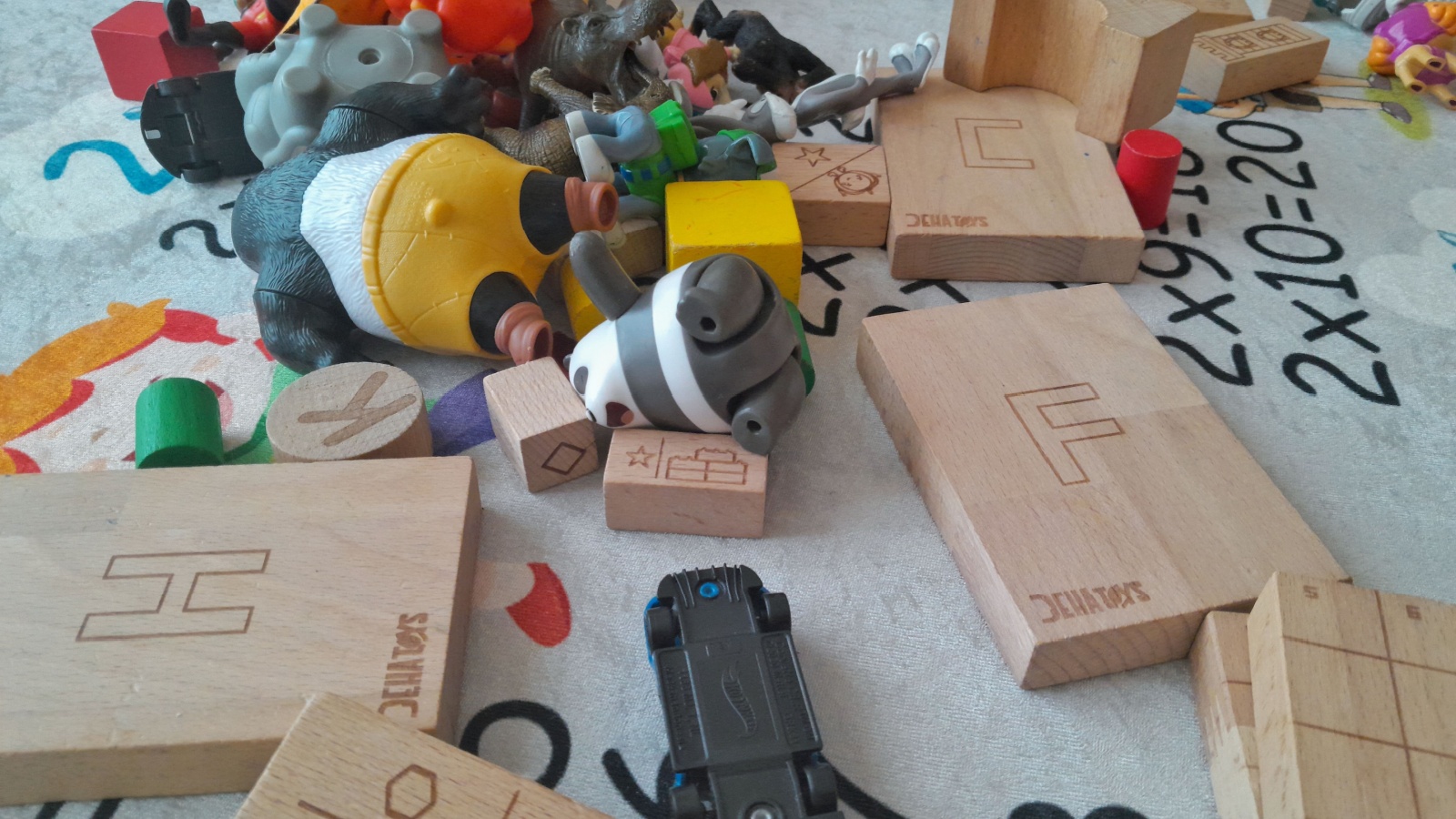
Go-Go’s Crazy Bones, the collectible figurines popular in playgrounds, became a massive craze across Canada in the late 1990s and early 2000s. Distributed by Spin Master, the small plastic characters came in hundreds of designs and were used in simple flicking games that inspired friendly competition. Schools across Canada eventually banned them due to their distraction factor, adding to their mystique. As the fad faded, production slowed, and the toys disappeared from stores. Canadian fans still remember the excitement of trading Crazy Bones during recess and the thrill of finding rare figures.
Pound Puppies (Canadian Edition)
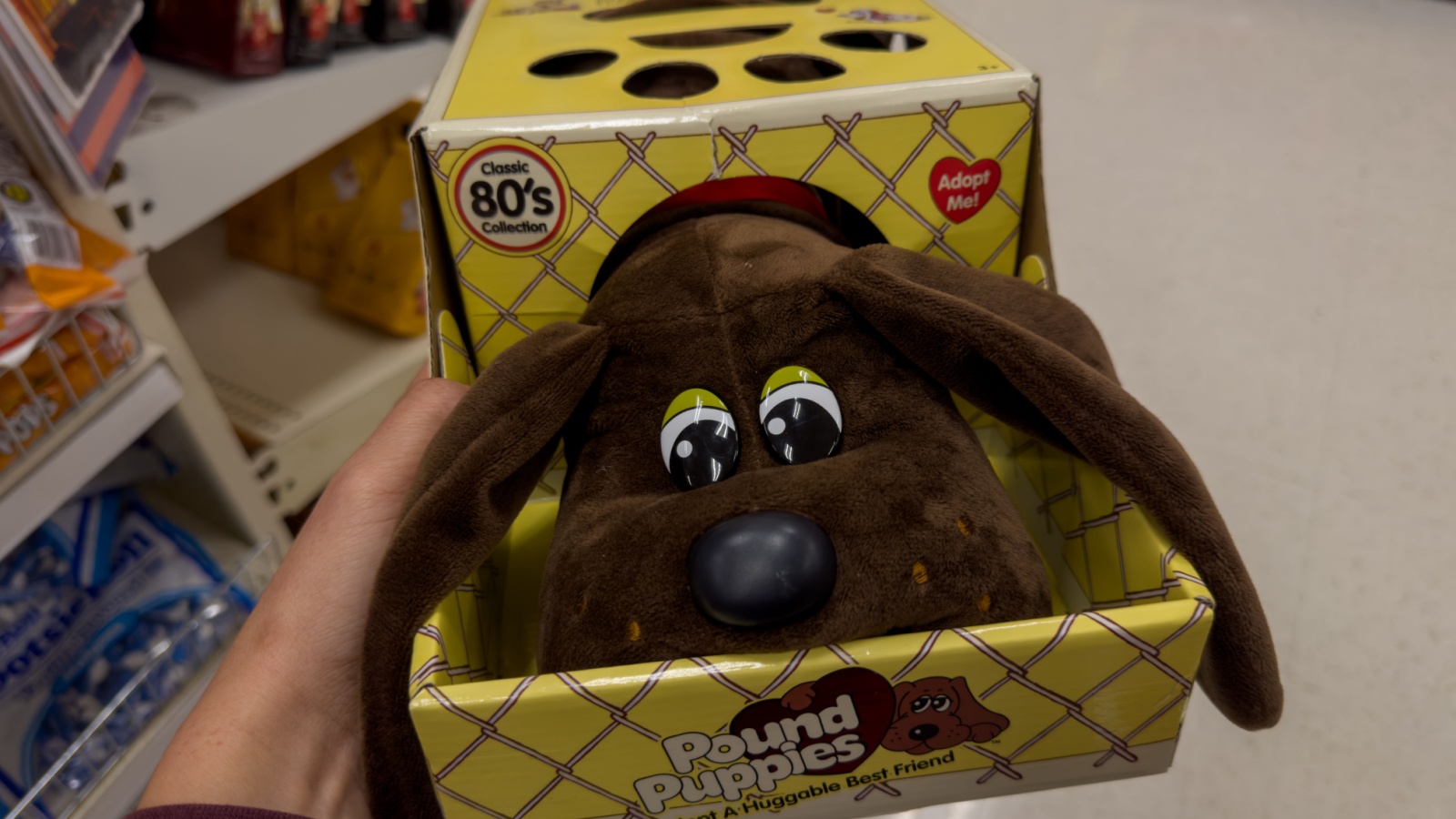
Pound Puppies were soft, lovable stuffed toys that encouraged children to “adopt” a pet in need of love. The Canadian editions, produced under license, came with bilingual tags and adoption certificates that made them special to local families. These plush toys became a comforting staple during the 1980s and early 1990s, symbolizing kindness and empathy. As newer toy trends emerged, Pound Puppies gradually vanished from shelves. The Canadian versions are now considered vintage collectibles that reflect the warmth and simplicity of childhood during a golden age of toy-making.
Beyblade (First-Generation Canadian Releases)
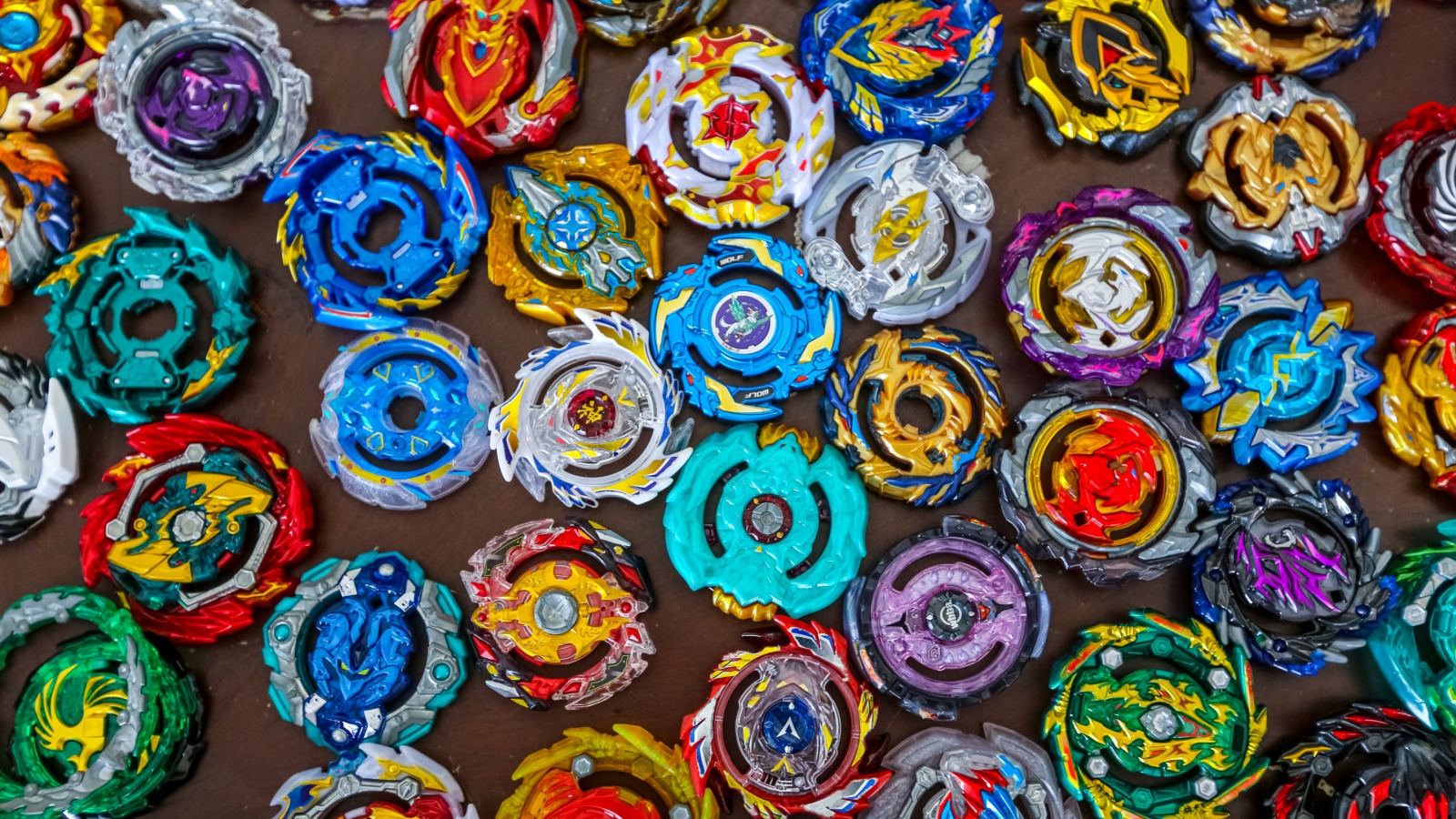
The first generation of Beyblades made a powerful entrance into Canada in the early 2000s, distributed by Hasbro with strong marketing and local tournaments. Canadian kids quickly embraced the customizable spinning tops, battling them in plastic arenas and trading parts with friends. Early releases featured unique packaging and limited editions that became highly collectible. As the initial wave ended, newer series replaced the originals, leaving many early designs out of production. For Canadians who grew up during that era, first-generation Beyblades represent one of the most exciting and competitive toy fads ever seen.
Super Soaker (Nerf Canada’s Classic Models)
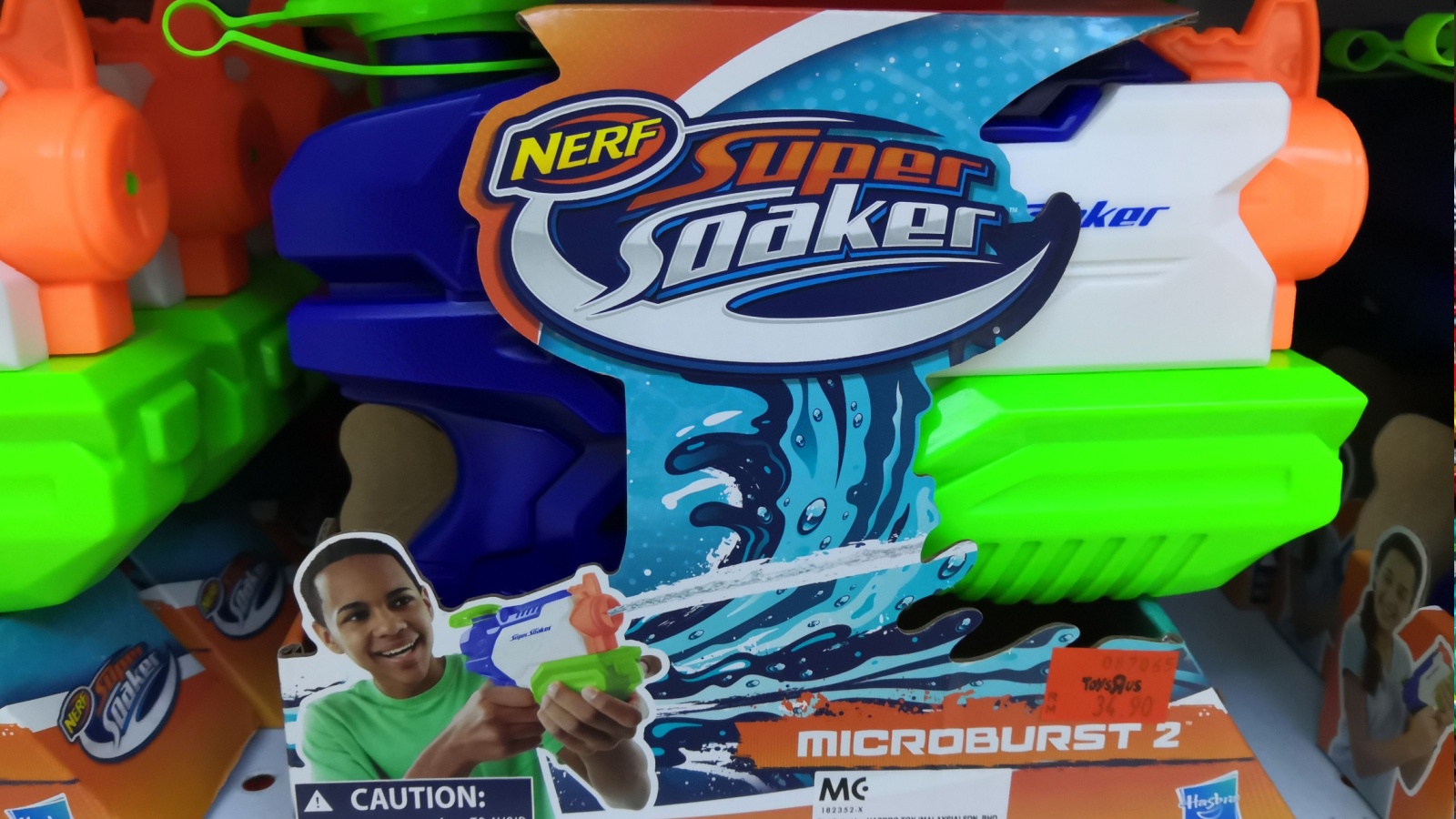
Super Soakers were the ultimate Canadian summer toy during the 1990s and early 2000s. Distributed by Nerf Canada, these powerful water guns transformed backyard fun into full-scale water battles. The early Canadian models featured bilingual packaging and were celebrated for their durability and performance. From small pistols to high-capacity blasters, every kid had a favorite model. As new Nerf lines took over, many classic Super Soakers were discontinued. The original designs remain legendary among collectors and continue to symbolize carefree summer days and outdoor playtime across generations of Canadians.
21 Products Canadians Should Stockpile Before Tariffs Hit

If trade tensions escalate between Canada and the U.S., everyday essentials can suddenly disappear or skyrocket in price. Products like pantry basics and tech must-haves that depend on are deeply tied to cross-border supply chains and are likely to face various kinds of disruptions
21 Products Canadians Should Stockpile Before Tariffs Hit
